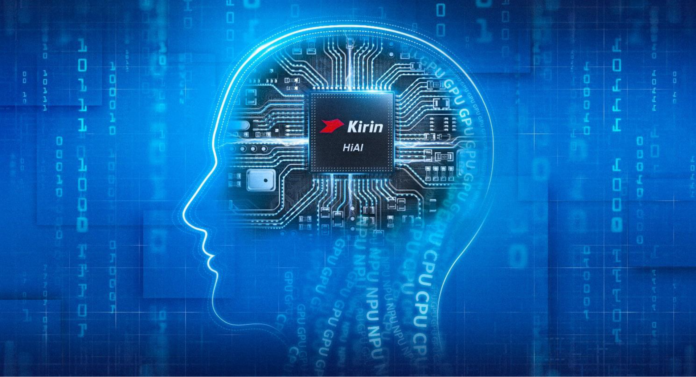
On 6 September 2019, Huawei released its latest generation of flagship chips, the Kirin 990 series. Previously, most of the 5G chips on sale in the market were traditional 4G chips with 5G baseband add-ons, and the Kirin 990 5G chip, with its integrated Baron 5000 5G modem chip, is the first generation of the benchmark 5G mobile SoC, which significantly controls the power consumption and improves the performance of the phone.
This is why people using Huawei phones often get a slightly better experience than other users: Huawei phones have stronger signals, a balanced energy efficiency ratio, and a variety of AI features that are integrated into the system.
Native AI acceleration, running over 60 billion times a day
HUAWEI HiAI Foundation is an open platform for the AI computing power of Kirin chips, to fully open up NPU capabilities. It can automatically lighten AI models in the hands of developers into mobile versions, integrate them into applications, and get optimization acceleration of the heterogeneous computing power of the mobile chip.
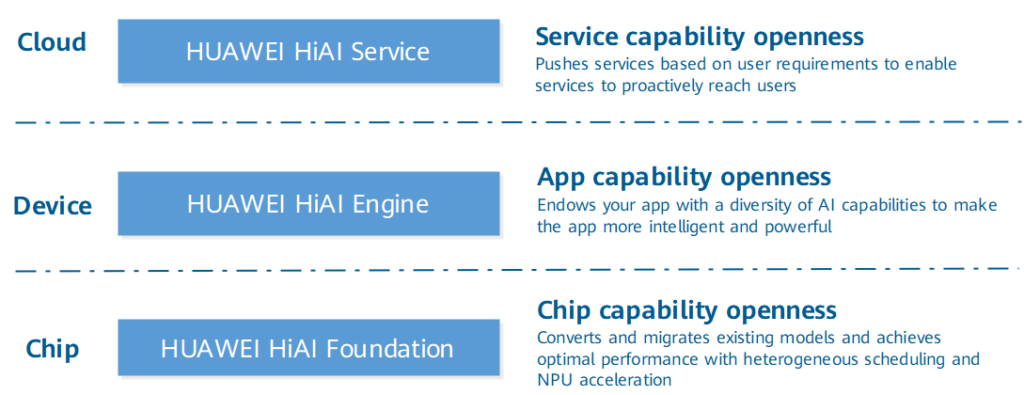
In the latest version of HUAWEI HiAI Foundation, three new capabilities have been added: an end-cloud collaboration that provides a fast upgrade of AI model performance optimization; a Model Zoo that opens up more model structures for developers to choose from; and a model quantization toolkit that can quickly compress the size of AI models in applications.
After many generations of continuous polishing, HUAWEI HiAI Foundation has become quite mature in terms of compatibility and ease of use. As an open platform for Kirin chip computing power, HUAWEI HiAI Foundation has an unprecedented range of applications, and it is now called up to 60 billion times a day.
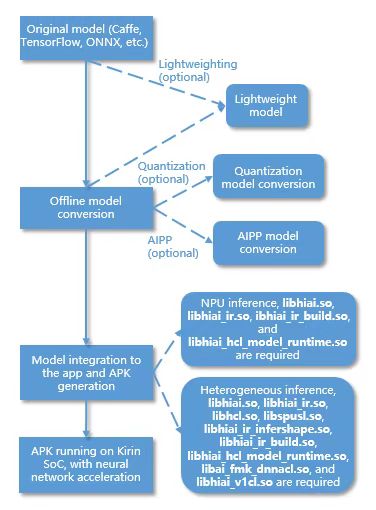
Compared to end-side AI computing ecosystems such as TensorFlow Lite GPU and Android NN, HUAWEI HiAI Foundation has become the most popular AI architecture in the industry. As the AI ecosystem continues to evolve, the experience of technology adoption will also lay the foundation for future improvements and fuel the development of the next generation of chips.
Experiencing high quality videos with low power consumption
For super-resolution tasks, traditional algorithms require CPU and GPU for secondary processing and calculation of images, which consumes extremely high power and the effect is not obvious. To solve the problems of arithmetic power, IO and power consumption, it needs to combine the HUAWEI HiAI Foundation and NPU to integrate the picture quality enhancement function on current mainstream apps.
With this feature, Huawei phones can complete real-time video enhancement picture quality processing locally, increasing clarity twice as much without affecting the frame rate, effectively solving the problem of lagging video playback and allowing users to watch HD videos in locations with weak signal.
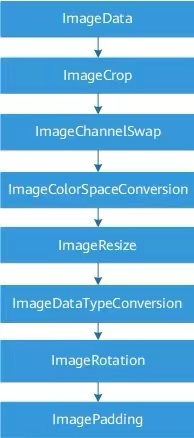
On China’s mainstream video platforms such as iQiyi and Youku, enabled with HUAWEI HiAI Foundation, the super-resolution performance can be increased by up to 80% and power consumption can be reduced by up to 45%.
Enabling heterogeneous computing on mobile phones
In addition to image technology, Huawei phones can also run a fully predictive model for input methods. For example, in the Huawei version of the Baidu Input Method, the AI algorithm has a complex structure, but by splitting the task, engineers have distributed the computational work of model inference to the NPU and CPU for heterogeneous computation, with extreme optimization, moving the input method prediction task completely from the cloud to the phone.
The tools provided by Huawei can significantly improve the efficiency of AI algorithm operations, from which TikTok has massively benefited: the popular short video sharing application has been able to improve model accuracy after accessing the HUAWEI HiAI Foundation, enabling more realistic AI special effects and increased business scenarios by leveraging computing power.
For application developers, accessing heterogeneous computing power to their apps does not require training a dedicated algorithm or rebuilding an app, but simply calling a few interfaces, and the process can even be senseless if the machine learning platform they use is connected to the HUAWEI HiAI Foundation.
Ultimate technology: edge-cloud collaboration
It’s not enough to just facilitate development and have a great experience. Compared to the tools proposed by Qualcomm and MediaTek, Huawei’s advantage lies in edge-cloud collaboration.
Deep learning algorithms are made up of many computing units, which are called operators, and the HUAWEI HiAI Foundation has chosen to put the operator library in the cloud so that when a new operator is developed, it’s enough to compare the old operator library, then only download the updated operator to one’s phone, making all phones support the new technology.
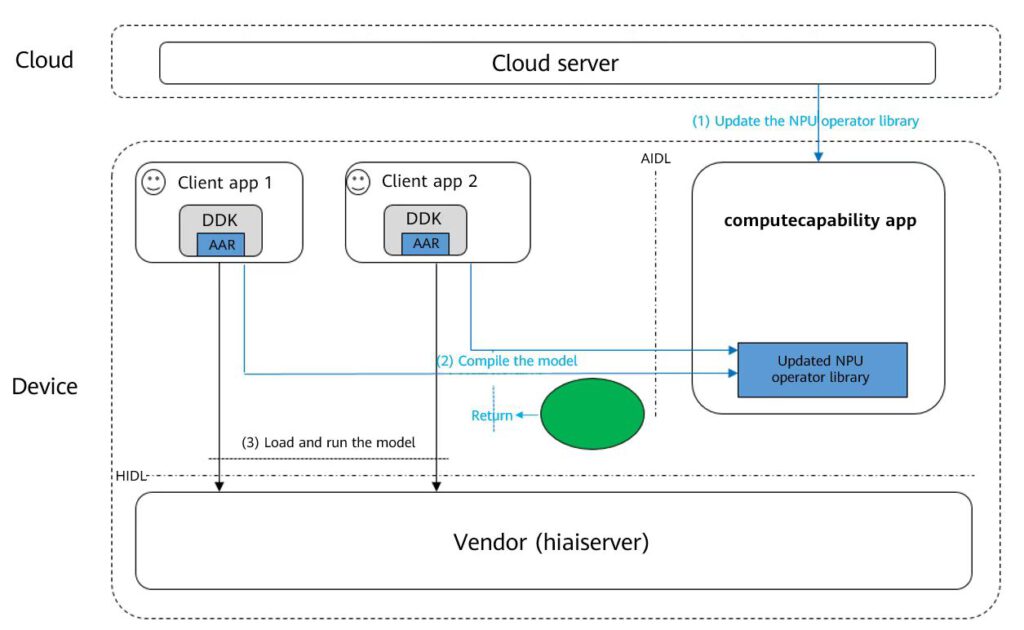
This edge-cloud approach improves developer productivity and expands the scope of applications, and the frequency of operator updates can be synchronized with the speed of application updates. In contrast, other companies have released deep learning frameworks where the rate of operator updates is usually measured in years.
The future direction of the HUAWEI HiAI Foundation is to make mobile AI models simpler, safer, and more energy-efficient, and to build a fully open intelligence ecosystem that allows developers to quickly leverage Huawei’s powerful AI processing capabilities to provide users with a better experience of intelligent applications.
Remember in 2017, when Huawei announced the first chip with NPU, Kirin 970, many people would ask “What can it do?” Now, the question has become “Can Kirin chips do this too?”
Many manufacturers have their own AI chips, but the HUAWEI HiAI Foundation is the first to achieve a high level of synergy from chip to application to cloud services.
(Source: Huawei Developers, mydrivers)



